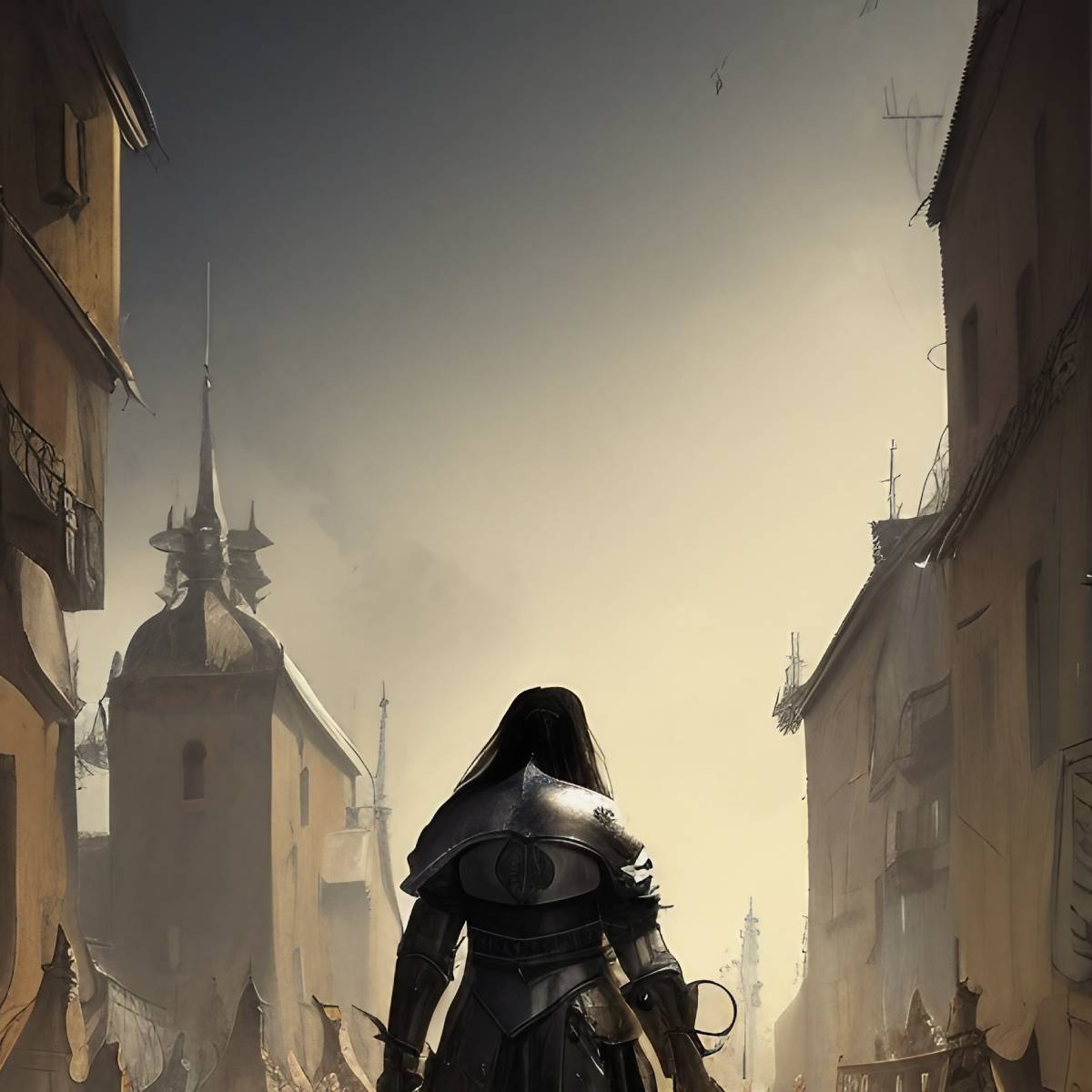
When the US Military Attacked Its Own Veterans (or, What Was the Bonus Army?)
In 1932, tens of thousands of World War I veterans peacefully converged on Washington to demand cash bonuses they weren’t scheduled to receive for another 13 years. What they got instead was a violent clash with the US Army. This can happen here. It already did.



















